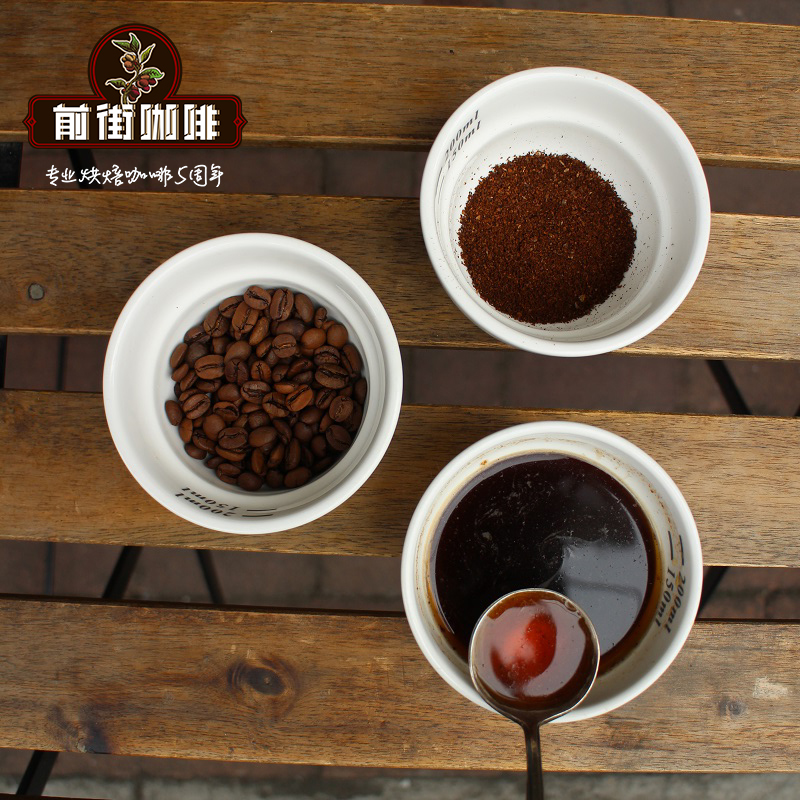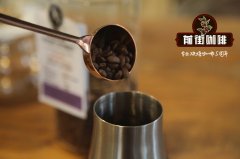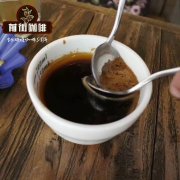Introduction of Costa Rican Coffee Flavor

Professional coffee knowledge exchange more coffee bean information please follow the coffee workshop (Wechat official account cafe_style)
Royal Coffee
Costa Rica's best coffee seems to come from small processing plants, spread across several major coffee producing areas, including Tarazu and the western valleys. This so-called coffee revolution originated 15 years ago and has greatly changed the way bean baking experts and importers think about Costa Rican coffee. Take the processing plant as the center, collect coffee beans from the surrounding small farms, most of which are made up of small communities or families, grow coffee on their own small farms or land, and the coffee is all processed and dried by a small processing plant. The quality and flavor of Royal Coffee are very unique, which is largely due to the cooperation between coffee producers and us. St. Roman's treatment plant, which mainly uses water washing treatment, is famous for its strong, rich and solid coffee. Coffee cherries are hand-selected by coffee farmers to remove overripe or immature cherries, and then produce them. 3 disc Aagaarde peeling machine is used to remove the peel and pulp, and then the machine is divided into three grades according to the density of coffee beans. Grade 1 and 2 raw beans are fermented separately. Grade 3 is a low-quality raw bean. The raw beans were fermented in the shade for about 24 Murray for 36 hours. After fermentation, the raw beans were washed and graded again according to the density on the cleaning channel. Then the raw beans were randomly soaked in clean water overnight.
Hummingbird coffee
Tarazu is located in the southwest of Costa Rica, near the Volcan Poas volcano, facing the Pacific Ocean, with unique micro-climatic conditions, including fertile volcanic soil, as well as ideal climate, sunshine and humidity, are conducive to the production of perfect red cherries. Manual weeding and friendly natural planting processes are used in the production process, and chemical fertilizers and pesticides are not used at all. the coffee produced in this way has a very comprehensive representative flavor of the producing area. sweet wet aroma, full mellow thickness, medium acidity, meticulous and clean finish with drupe, spice and sweet taste. All ripe red berries are selected by hand and the whole treatment process is strictly controlled. The processed beans with shells are washed, fermented, and exposed in the treatment plant, and then sent to the scaffolding for sun drying. The exhulling outlet is not carried out until the water content of the whole coffee beans is the same. It is the latest dry washing treatment, that is, to retain about 10% of the pulp and mucous membrane of the coffee, through a little fermentation. Then there is a 25-day natural drying, highlighting the meticulous workmanship and local conditions of the Costa Rican micro-processing plant, and the degree of fermentation makes the coffee a perfect balance between clarity and complexity.
Suggestion of hand punching parameters in front of the street: recommended filter cup V60, grinding degree small Fuji 3.5 scale, water temperature 90 °, powder water ratio 1 Grout 15 grams 15 grams powder 225 grams water, total cooking time 2 minutes
Important Notice :
前街咖啡 FrontStreet Coffee has moved to new addredd:
FrontStreet Coffee Address: 315,Donghua East Road,GuangZhou
Tel:020 38364473
- Prev

The Ten most expensive Coffee in the World-the real reason for the high price of rose summer coffee beans in the Emerald Manor of Panama
Professional coffee knowledge exchange more coffee bean information Please follow Coffee Workshop (Wechat official account cafe_style) Rosa Coffee Bean Geisha, once one of the ten most expensive coffee in the world by Forbes, sounds like a Japanese geisha, hence the nickname. The rise of geisha coffee beans is undoubtedly the most famous legendary geisha coffee beans in the boutique coffee industry in the millennium.
- Next

Panama 90 + Rosa Coffee Bean-Litchi / Litchi Blue LyCello name Origin Story Flavor
Professional coffee knowledge exchange more coffee bean information please follow the coffee workshop (Wechat official account cafe_style) [sparkling lemonade, Earl Grey Tea, lychee] Panama 90 + rose summer coffee bean big lychee | W2 (Geisha W2 LyCello 90+NPGE Panama) producing area: 90mm Geisha Ge Force altitude: 1400-1800m raw bean treatment method: W2 coffee variety: G
Related
- Detailed explanation of Jadeite planting Land in Panamanian Jadeite Manor introduction to the grading system of Jadeite competitive bidding, Red bid, Green bid and Rose Summer
- Story of Coffee planting in Brenka region of Costa Rica Stonehenge Manor anaerobic heavy honey treatment of flavor mouth
- What's on the barrel of Blue Mountain Coffee beans?
- Can American coffee also pull flowers? How to use hot American style to pull out a good-looking pattern?
- Can you make a cold extract with coffee beans? What is the right proportion for cold-extracted coffee formula?
- Indonesian PWN Gold Mandrine Coffee Origin Features Flavor How to Chong? Mandolin coffee is American.
- A brief introduction to the flavor characteristics of Brazilian yellow bourbon coffee beans
- What is the effect of different water quality on the flavor of cold-extracted coffee? What kind of water is best for brewing coffee?
- Why do you think of Rose Summer whenever you mention Panamanian coffee?
- Introduction to the characteristics of authentic blue mountain coffee bean producing areas? What is the CIB Coffee Authority in Jamaica?

